A few years ago, a friend asked me what ADSL meant.
Accustomed to carrying out very few online activities, the landline seemed to her a superfluous thing, an avoidable additional cost.
At the time he told her that I disagreed but that I understood her perplexity. After all, she only used the Internet for texting, sometimes consulting Facebook, watching occasional YouTube videos, and little else. For her, 10 GB was enough. The smartphone responded to all of her needs.
Then the Netflix and Prime Video offering started to get a little more interesting. And the Fire TV Stick has arrived on the market. And at that point she began to evaluate the purchase of the magical Amazon key, only to realize that tethering was not the ideal companion of this new technological gadget.
Why am I telling you this uninspiring anecdote? Because in reality it is representative of what happened to Italy two years ago, at the beginning of the pandemic: iSuddenly – but predictably – we realized we needed more Internet than we expected.
All this has prompted thousands of people to install a landline, to request an upgrade of the existing one or to switch operators in the hope that things would improve. Suddenly, in fact, the network was no longer something superfluous and unnecessarily expensive but a means, a tool that allowed the carrying out of work, social and personal activities otherwise precluded.
Once the line was installed we had to deal with another obstacle: the modem / router.
In fact, our needs have increased, which has put a strain on domestic Wi-Fi, called to manage online video conferences, a bit of healthy gaming, the inevitable streaming of movies and TV series and then all those products that belong to the smart home.
This is where it comes into play Netgear with a range of products they trust al WiFi 6E e al 5G to be able to give stability and safety on every occasion.
Netgear’s consumer offering with WiFi 6E and 5G
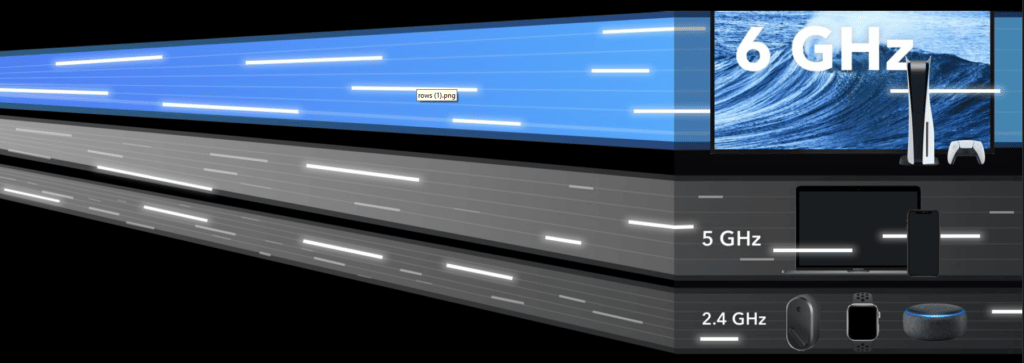
In 2019 we opened the doors to WiFi 6. We have seen it appear on smartphones, PCs, smart device boxes, tablets … Yet not everyone has understood what it is and what it offers more than WiFi 6 (or ac). In summary we can say that WiFi 6 is a wireless connection protocol that provides, like its predecessor, two lanes, or bands: one at 2.4 GHz and one at 5 GHz. WiFi 5. This standard in fact provides for a higher transfer speed, improved performance even when we have many devices connected to the same network, an increase in security and a reduction in energy consumption.
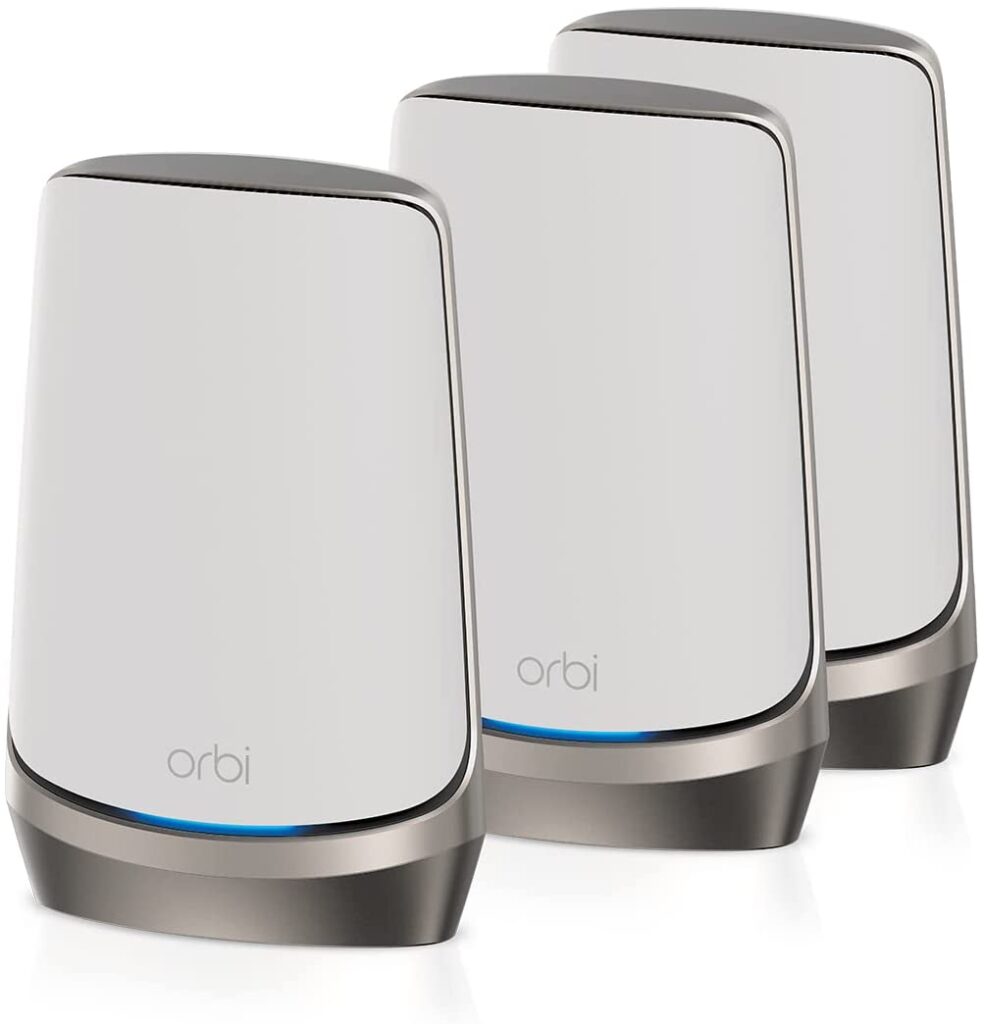
Ok, and the WiFi 6E instead? Well, the 6E takes it one step further and introduces a new lane, the 6 GHz one. This allows you to lighten the load on the other two bands thus speeding up connectivity for all connected devices.
On this technology is based Orbi Wi-Fi 6E which however is un quad-band. This mesh system in fact uses the three bands to connect your devices to the network and a fourth band to allow the nodes of the mesh system to communicate with each other. All this allows you to cover the whole house without difficulty and have greater speed available (up to 10.8 Gbps), not to mention that the Orbi WiFi 6E satellites include one 2.5 Gbps and three 1 Gbps Ethernet ports for wired connections.
Of course, great attention is also paid to safety, with the standard WPA3 which uses 128-bit encryption, and usability, with the Orbi app which allows you to easily manage this mesh system and use useful features such as Parental Control to limit access to the network.
Finally, we point out that Orbi WiFi 6E is also available in black color.
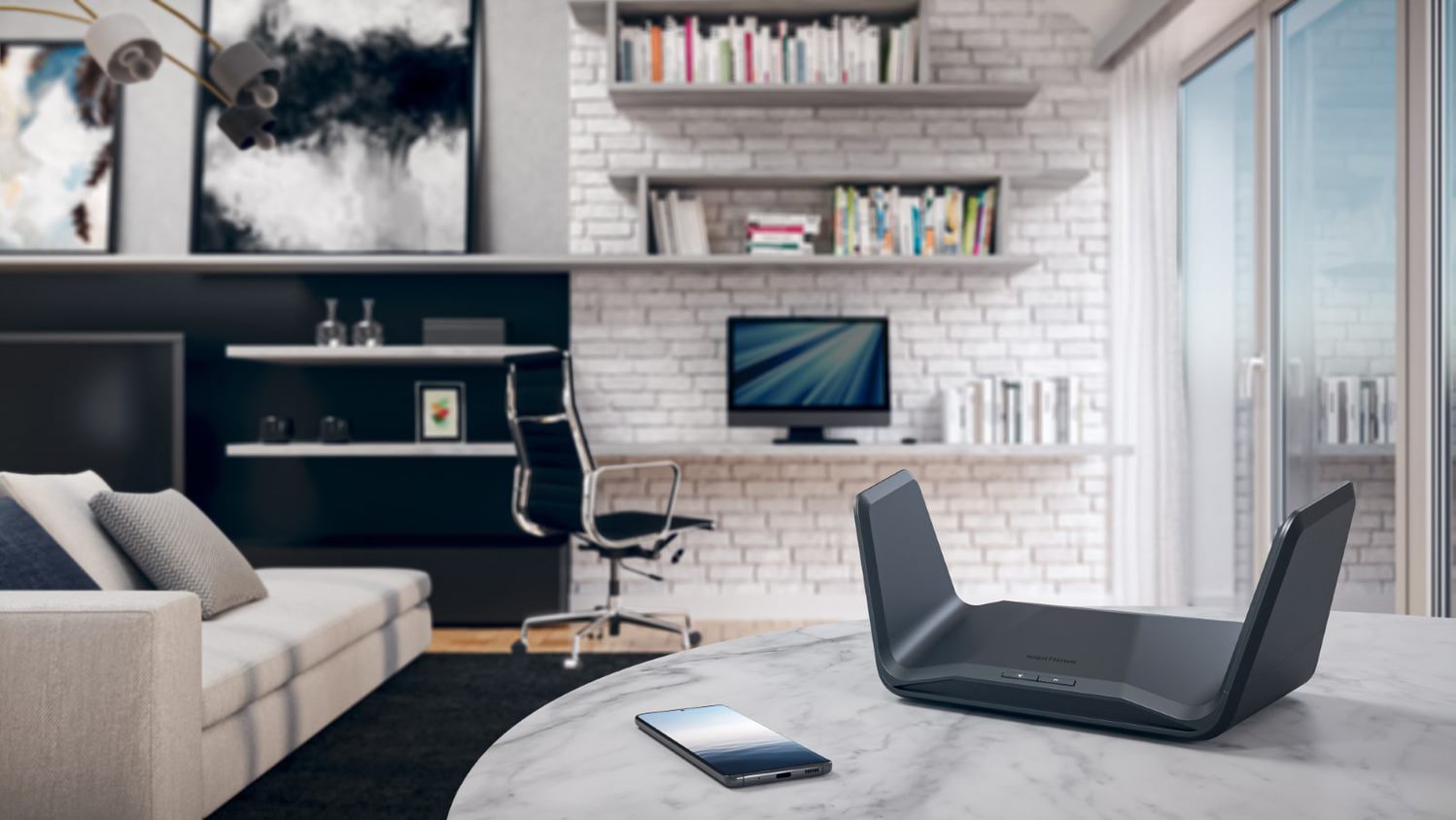
It uses WiFi 6 and also the Nighthawk RAXE300, a router with WiFi connection up to 7.8 Gbps, 1.7 GHz quad-core processor and 5 Gigabit ports. What changes compared to Orbi? While the latter is a mesh system, which therefore provides more satellites to increase network coverage, the Nighthawk RAXE300 is a more aggressive design router, intended for a slightly more experienced audiencewith settings that allow you to fully manage your network.
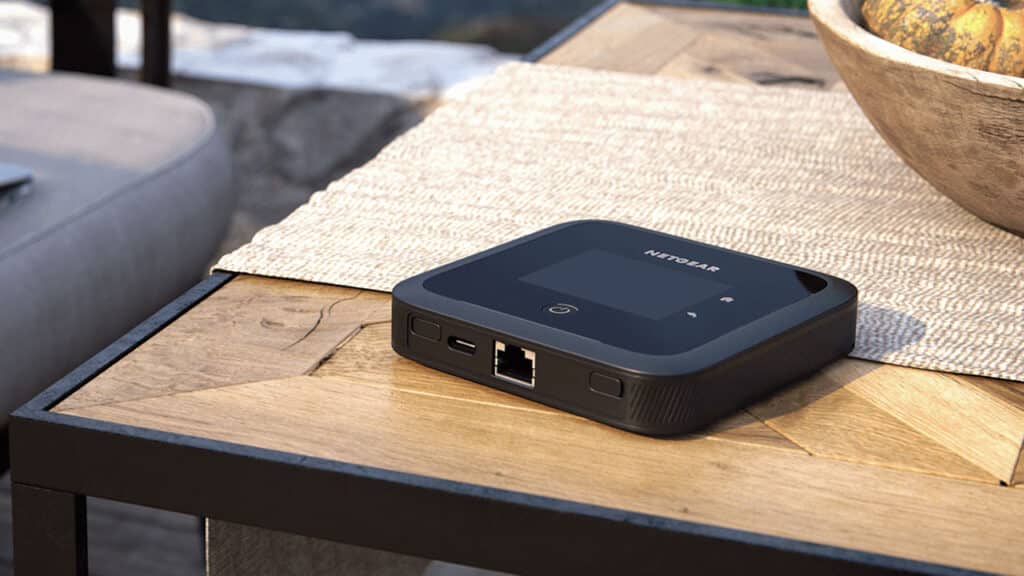
Next to the products based on the new WiFi 6E we find those that support instead the 5G network with the aim of guaranteeing excellent connectivity even outside the home. It belongs to this category Nighthawk M5, un router portatile in which you can insert a SIM and then create a hotspot based on WiFi 6. To characterize it we find the Qualcomm Snapdragon X55 technology, which favors a powerful connection and high performance, a 5040 mAh battery that guarantees up to 13 hours of autonomy and a display touch to set everything easily, without necessarily using the Netgear Mobile app.
The American company has also decided to bring 5G into our homes with Orbi WiFi 6 5G. You then have all the convenience, usability and versatility of Orbi with the plus of 5G connectivity that acts as a backup in case of problems with the landline.
In short, Netgear has decided to step on the accelerator on the latest standards in connectivity, so as to support consumers’ online activities. Both current and future ones. In fact, in the next few years we will see the spread of 8K and the famous metaverse, technologies that will require a further effort to our home and mobile connections. So why not be found ready?






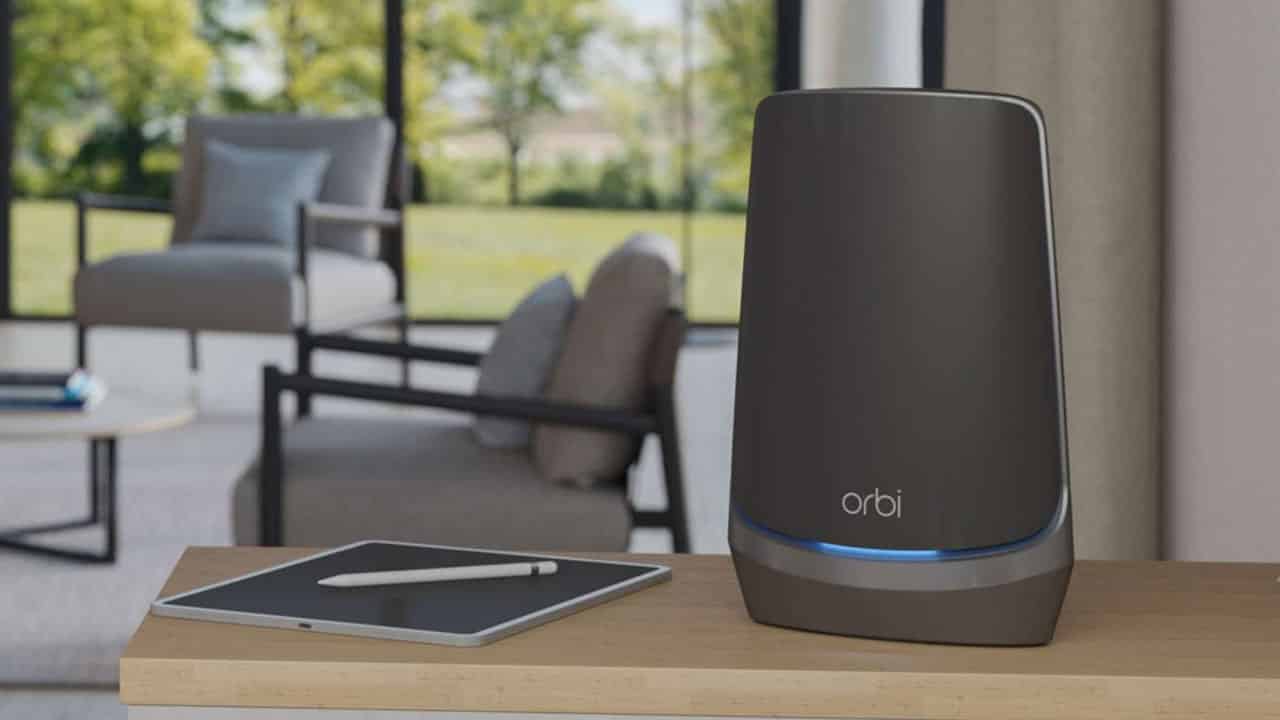








Leave a Reply
View Comments